
LOCATION
Satpuda Landscape, Madhya Pradesh and Maharashtra, Central India, Asia.
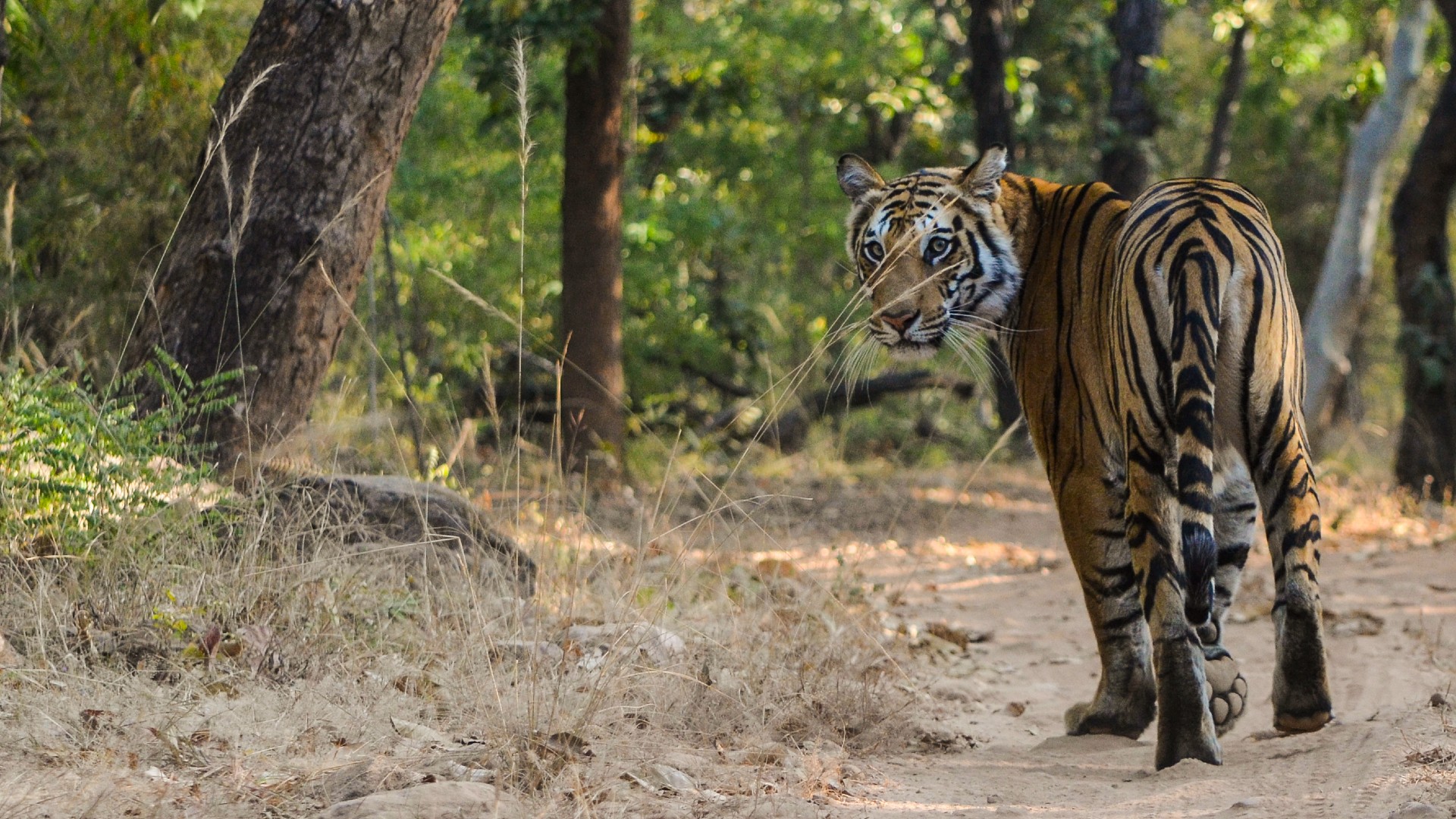
The Satpuda Landscape Tiger Partnership (SLTP) aims to reduce threats facing tigers in India, and to promote human-tiger co-existence across a vast multi-use landscape.

Satpuda Landscape, Madhya Pradesh and Maharashtra, Central India, Asia.


Leopards, sloth bears, dholes, gaur.

Human-tiger conflict; habitat loss and fragmentation; illegal hunting; prey depletion; construction of buildings and infrastructure such as railways.

Rural healthcare; conflict mitigation; conservation awareness; Tiger Ambassadors, landscape monitoring.

Bombay Natural History Society; Conservation Action Trust; the Corbett Foundation; Nature Conservation Society Amravati; Satpuda Foundation; Tiger Research and Conservation Trust; Wildlife Conservation Trust; Bagh Aap Aur Van; the Network for Conserving Central India, regional Forestry Departments, local communities.

2004
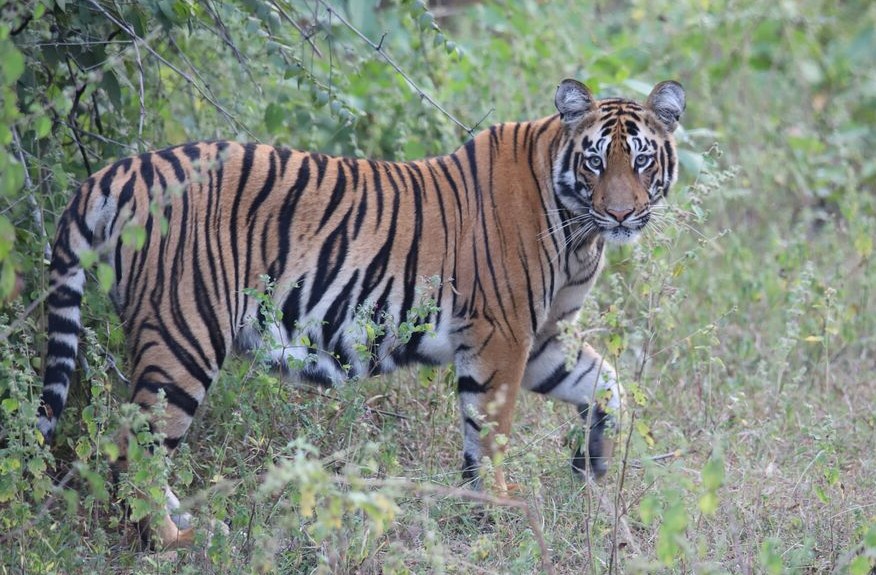
A wild tiger (c) Born Free
With just 3,726-5,578 (with a best estimate of 4,485) tigers left in the wild, and their numbers declining globally, the future for tigers in its natural habitat is precarious.
The Satpuda Landscape of Madhya Pradesh and Maharashtra offer perhaps the best hope for India’s wild tigers. This vast area in central India incorporates several tiger reserves including the Melghat Tiger Reserve, the Satpuda Tiger Reserve, the Kanha Tiger Reserve, the Pench Tiger Reserves, the Navegaon Nagzira Tiger Reserve and the Taboda Andhari Tiger Reserve.
Crucially, these tiger reserves are connected by forest corridors including the Satpuda-Melghat Corridor, the Pench-Satpuda Corridor, the Pench-Kanha Corridor, the Nagzira Corridor and the Taboda-Nagzira Corridor, making this the largest viable block of tiger habitat in India.
With decades of hard work, India is starting to see efforts pay off with tiger numbers increasing from a low of 1,600 a few decades ago to approximately 3,682 tigers in India today. However, as tiger numbers have increased, so have human populations and the pressures on suitable tiger habitat are burgeoning.
Human-tiger conflict, which is one of the greatest threats to tigers, is a growing problem as space is increasingly squeezed. People, livestock and tigers have all suffered in this conflict where tigers attack and kill livestock or pose a direct danger to people. Conflict decreases tolerance of wild animals amongst local communities, and can lead to retaliatory killings of tigers.
In response, Born Free and the University of Oxford’s WildCRU founded the Satpuda Landscape Tiger Partnership in 2004, with the mission of securing and preserving a significant stretch of continuous habitat across Central India, which accommodates the needs of people and nature to allow both to co-exist. Since it was founded, the partnership has now expanded to include nine non-governmental organisations.



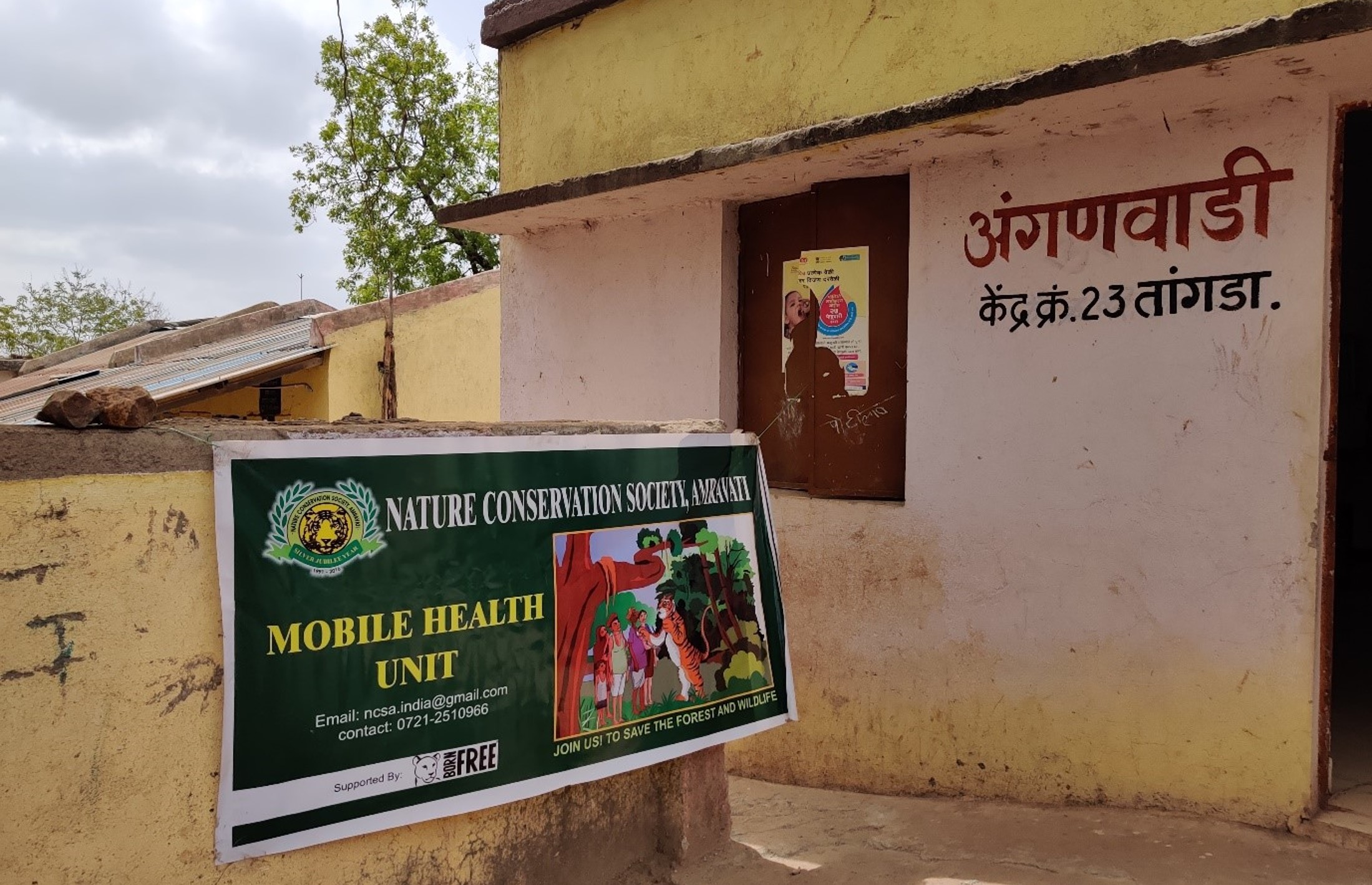
Mobile Health Unit ©Yashvardhan Dalmia
Access to healthcare can be poor in many rural parts of central India. In order to have a healthy tiger population and a healthy habitat, the health of people is essential. Access to proper healthcare not only improves well-being but also reduces reliance on natural resources. SLTP partner, the Nature Conservation Society Amravati, with support from the Satpuda Foundation, deploys Mobile Health Units in Pench Tiger Reserve to provide health care to rural community members and forest employees.
This initiative not only directly improves well-being, but also provides a safe space for people to talk about wildlife conservation and the challenges of living with tigers and it helps people access compensation schemes that are available to people affected by human-tiger conflict.
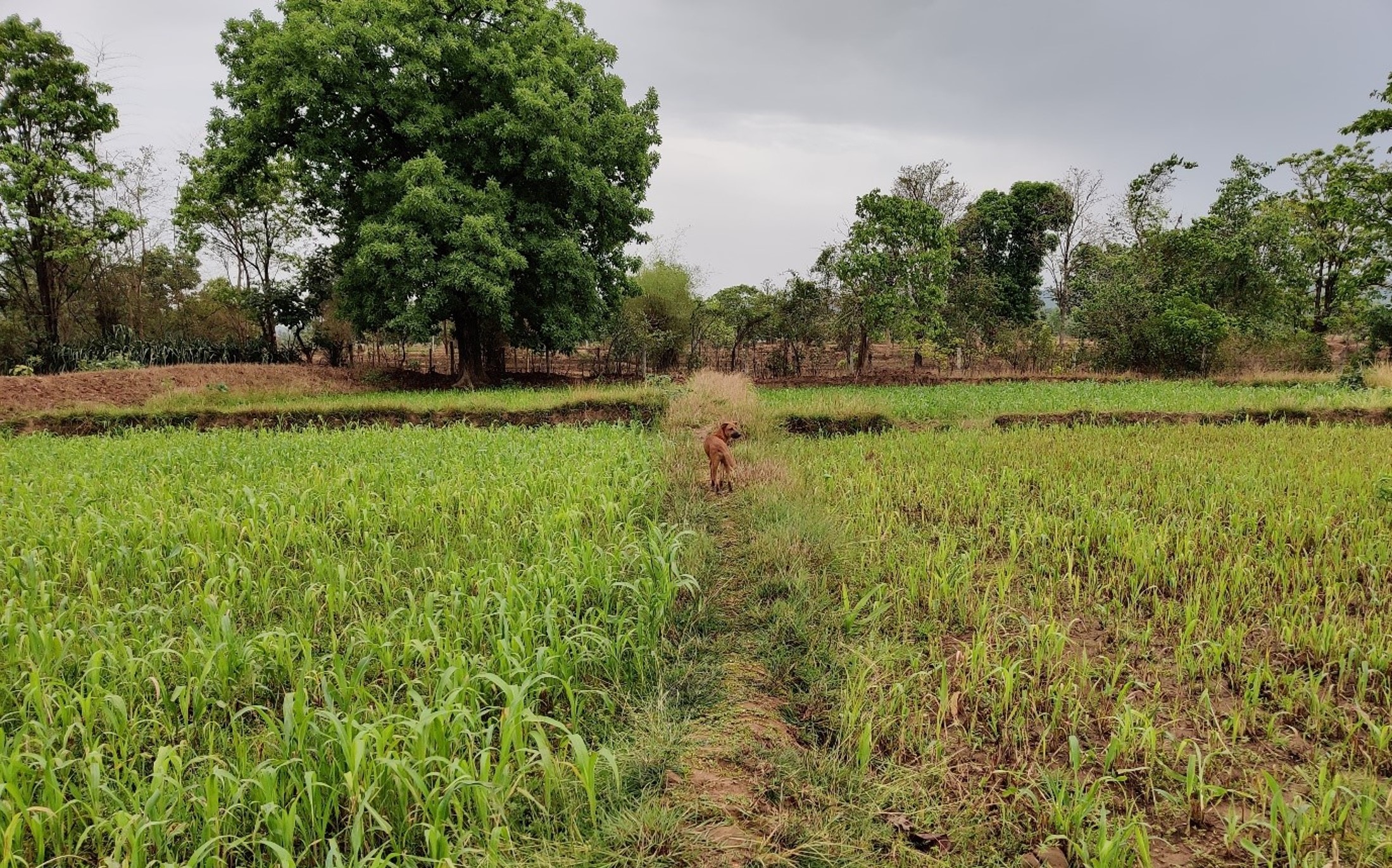
Green fodder growing as part of the stall-feeding project ©Yashvardhan Dalmia
Conflict often occurs when herders take their livestock into tiger habitat to graze. Tigers, following their natural instincts, may predate livestock and pose a direct danger to herders themselves. SLTP partner, the Corbett Foundation, implements a successful stall-feeding project in Kanha Tiger Reserve, which cultivates ‘green fodder’ (nutritious and fast-growing crops) to feed cattle.
Stall feeding means that herders do not have to graze their cattle in the forest and reduces the number of attacks. Excess green fodder also provides a supplementary income for local people, who can sell or trade it.
SLTP partner, the Bombay Natural History Society delivers a suite of conservation awareness programmes in the Taboda Andhari Tiger Reserve to educate young people on the importance of tigers in the ecosystem.
The team delivers summer camps, park visits, orientation programmes, exhibitions, wildlife ambassador programmes and lectures to educate groups most vulnerable to conflict with tigers, particularly women and cattle herders, on ways to reduce the likelihood of an attack. One innovative strategy they encourage is wearing facemasks on the back of the head, as tigers are ambush predators and much less likely to attack if they think they have been seen.
The Satpuda Foundation also carries out several conservation awareness activities in the Taboda Andhari Tiger Reserve. These include student education programmes incorporating games, slide shows and films, meetings with villages to discuss conservation initiatives and government schemes available, workshops on livestock-management and conservation-friendly practices, and sustainable livelihood training programmes.
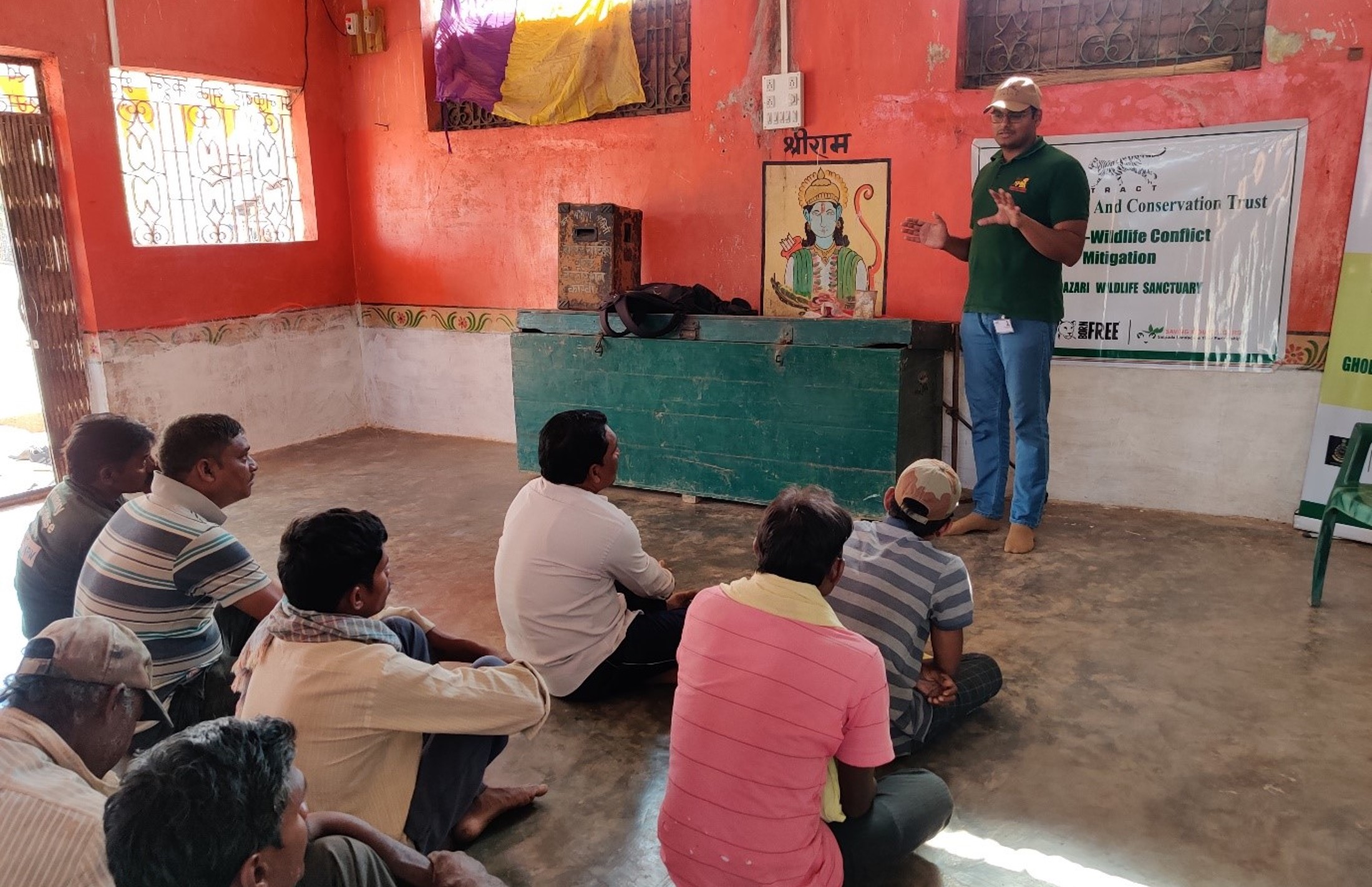
Tiger Ambassador awareness session © Yashvardhan Dalmia
Local people understand the issues and challenges of living alongside wildlife better than anybody else. SLTP partner, the Tiger Research and Conservation Trust, or TRACT, runs a Tiger Ambassador scheme in the Navegaon Nagzira Tiger Reserve and the Ghodajhari Wildlife Sanctuary. Ambassadors are recruited from villages surrounding the protected area and are trained to liaise between the community and TRACT, helping to raise awareness of conservation issues, assist community members in receiving compensation and gather information on human-carnivore conflicts.
Tiger Ambassadors facilitate village discussions about the movements of wildlife, conflict issues and strategies to enable co-existence.
Industrial and agricultural developments pose a significant threat to tigers as unsustainable human expansion eats up precious habitat and cuts off vital corridors. The Satpuda Foundation has created a Landscape Monitoring Unit, that works with policy makers to protect and improve corridors which connect tiger habitat across the Satpuda landscape.
They regularly make site visits and attend meetings with government officials and working groups to call for increased protection measures in range areas and along linear infrastructure, such as railways and roads. They input into Tiger Action Plans for tiger reserves, including Pench Tiger Reserve.
Satpuda Landscape Tiger Partnership holds an annual seminar, bringing its members – the nine non-governmental organisation partners, Born Free and independent advisors – together with officials from relevant government departments, and representatives from the National Tiger Conservation Authority. This unique platform allows the sharing of ideas and learnings, discussions around conservation issues and potential collaboration opportunities to maximise the impact of the partnership in protecting India’s tigers.

(c) Wildlife SOS
We strive to ensure that all our conservation programmes are evidence based and that we can show the impact of our work. The network partners do this in several ways:

* Estimated


Giving a gift today will help Born Free continue our vital work to protect this iconic species.